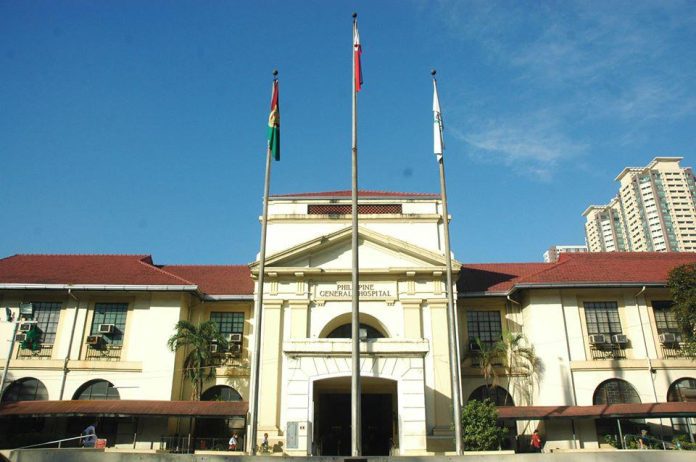Despite a historic rise in public health spending, Filipino families are not feeling the relief. A new analysis from the Philippine Institute for Development Studies (PIDS) shows that even with total health expenditures hitting ₱1.4 trillion in 2024 — triple what the country spent two decades ago — out-of-pocket costs have continued to climb. Households are now paying ₱615 billion directly from their wallets, the fastest increase in three years and proof that higher government spending has not translated into meaningful financial protection for ordinary Filipinos.
Researchers found that while public spending through DOH, PhilHealth, and LGUs grew 2.6 times over the past decade, PhilHealth reimbursements collapsed by 40%, even as hospital fees surged by over 50%. A typical hospital charge in 2023 averaged ₱36,130, yet PhilHealth still reimbursed just ₱11,000 — leaving families to absorb the difference. The result? As many as 1.2 million Filipino households were pushed into catastrophic health spending in 2023, with costs eating up more than 40% of their ability to pay.
Health outcomes tell the same troubling story. The country’s Universal Health Coverage index sits at 58, far below the global average of 68. Infant mortality remains high at 22 deaths per 1,000 births — a figure that has barely moved in a decade. PIDS experts warn that one in three deaths in the Philippines is preventable with timely care. The knockout verdict from researchers is clear: despite bigger budgets, the current system is not protecting families, not improving outcomes, and not delivering on the promise of Universal Health Care.
Image from UP PGH FB

